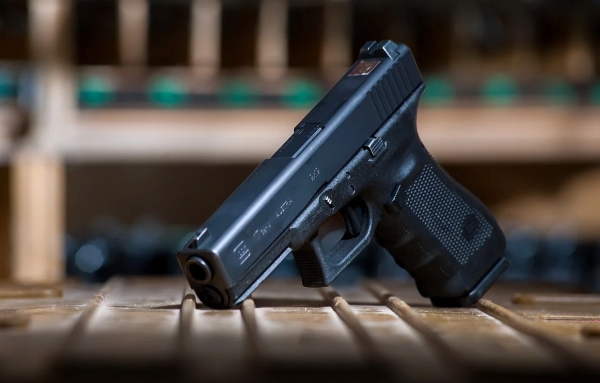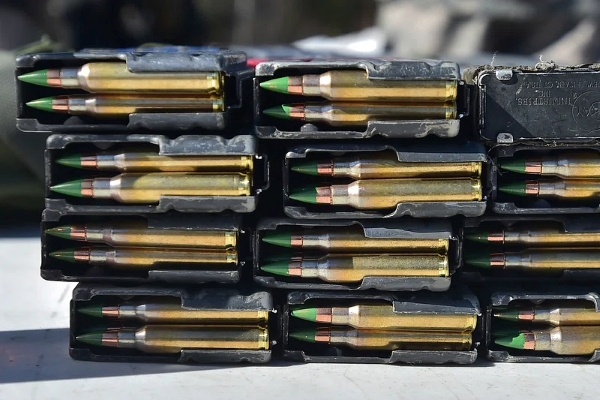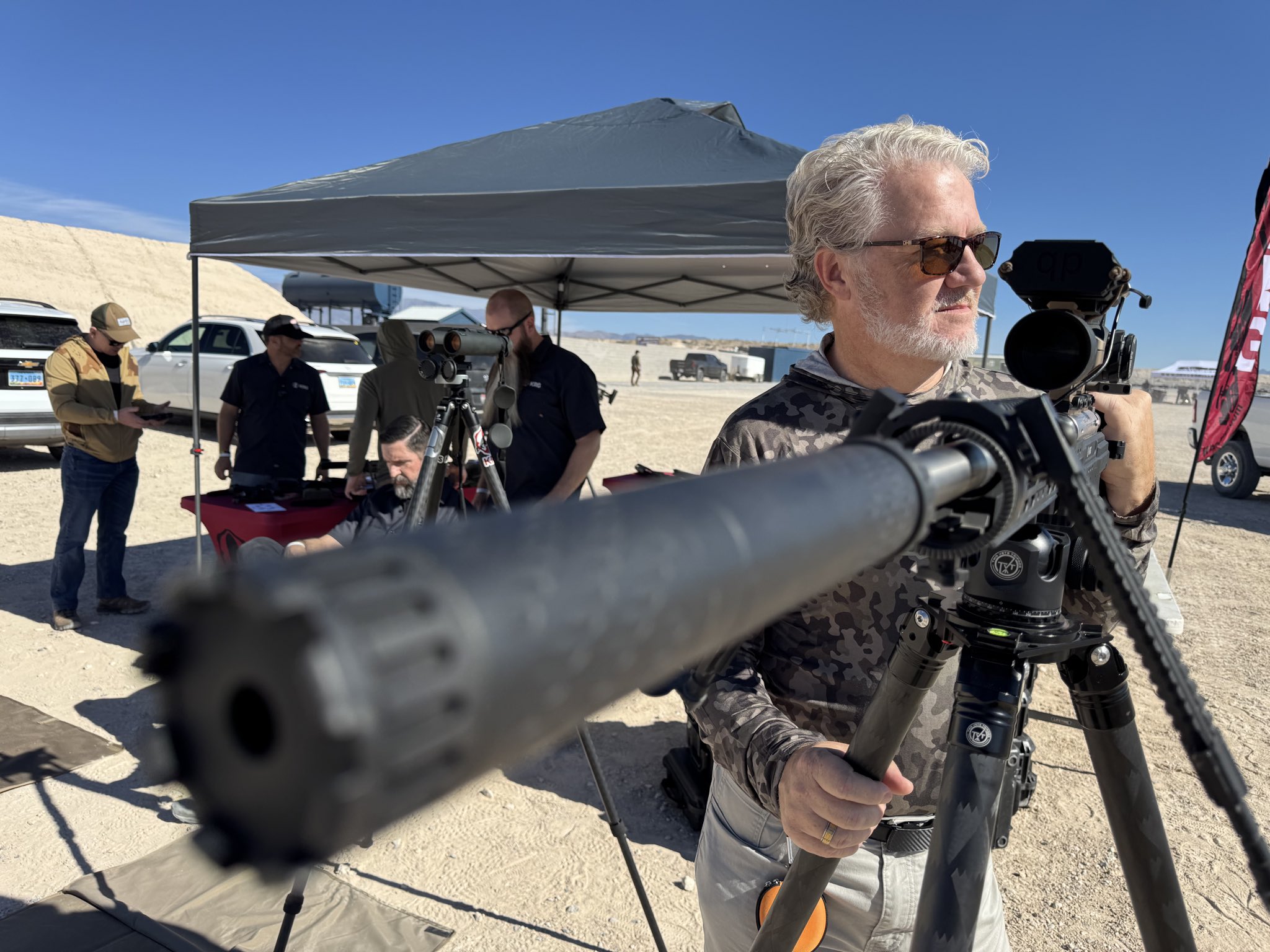The firearm manufacturing giant has announced the discontinuation of numerous pistol variants, particularly Generations 3 and 4, alongside select Generation 5 models.
There are several factors as to why Glock is discontinuing these models, such as removing low-volume SKUs, modernizing designs, and other external pressures.
One external pressure includes recent lawsuits from states like New Jersey and Minnesota accusing Glock of facilitating “machine gun conversions via a ‘Glock switch'” through design choices.
While Glock’s official statement cited “innovation and future growth” rather than “switch risk,” many industry observers see a clear correlation.
Additionally, California Governor Gavin Newsom (D) recently signed AB1127 into law, banning licensed dealers (FFLs) from selling firearms that employ a “cruciform trigger bar,” which is one of the main trigger components of now-discontinued Glock handguns.
As for law enforcement, there will be minimal channel disruption. Civilian and dealer inventories may see phased adjustments in the coming weeks as Glock aims to introduce a new line of handguns dubbed the “V models.”
For those who currently own discontinued models, support through parts and service will persist to ensure owner satisfaction.
Glock is prioritizing optics-ready designs, such as those compatible with MOS and COA systems, signaling a departure from outdated handguns.
The affected roster spans popular staples, including the G17 Gen4, G19 Gen4, G22 across generations, G26 Gen4, and G34 Gen3/4, among dozens more like the G20, G21, G29, G30, G36, and G49. Niche entries such as the G24, G31, G37, G38, and G40 MOS Gen4 are also retiring.
For firearms enthusiasts, it evokes nostalgia for classic Glocks, prompting many to preserve their now-discontinued Glocks as relics of a bygone era.
Read more at The Truth About Guns.




